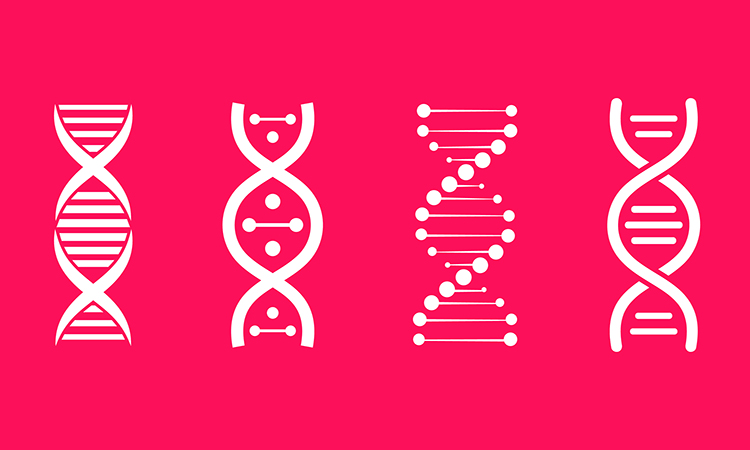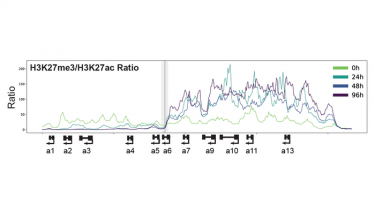Building artificial Hox genes
Posted: 5 July 2022 | Ria Kakkad (Drug Target Review) | No comments yet
Researchers have created artificial Hox genes using new synthetic DNA technology and genomic engineering in stem cells.

Researchers at New York University, US, have created artificial Hox genes—which plan and direct where cells go to develop tissues or organs—using new synthetic DNA technology and genomic engineering in stem cells. Their findings, published in Science, confirm how clusters of Hox genes help cells to learn and remember where they are in the body.
In their study, the team fabricated long strands of synthetic DNA by copying DNA from the Hox genes of rats. The researchers then delivered the DNA into a precise location within pluripotent stem cells from mice. Using the different species enabled the researchers to distinguish between the synthetic rat DNA and the natural cells of mice.
With the artificial Hox DNA in mouse stem cells, the researchers could now explore how Hox genes help cells to learn and remember where they are. In mammals, Hox clusters are surrounded by regulatory regions that control how the Hox genes are activated. It was unknown if the cluster alone or the cluster plus other elements was required for the cells to learn and remember where they are.
The researchers discovered that these gene-dense clusters alone contain all the information needed for cells to decode a positional signal and remember it. This suggests that the compact nature of Hox clusters is what helps cells learn their location, confirming a long-standing hypothesis on Hox genes that was previously difficult to test.

Using synthetic DNA, the researchers created an artificial Hox cluster. The cluster is divided into two: active (to the left of the vertical line) and inactive (to the right), illustrating how Hox genes help cells know where they should be in the body
[Credit: Pinglay et al., Science (2022)].
The creation of synthetic DNA and artificial Hox genes paves the way for future research on animal development and human diseases.
“More broadly, this synthetic DNA technology, for which we have built a kind of factory, will be useful for studying diseases that are genomically complicated and now we have a method for producing much more accurate models for them,” concluded senior co-author, Professor Jef Boeke.
Related topics
DNA, Gene Testing, Genome Editing, Genomics
Related organisations
New York University
Related people
Professor Jef Boeke





